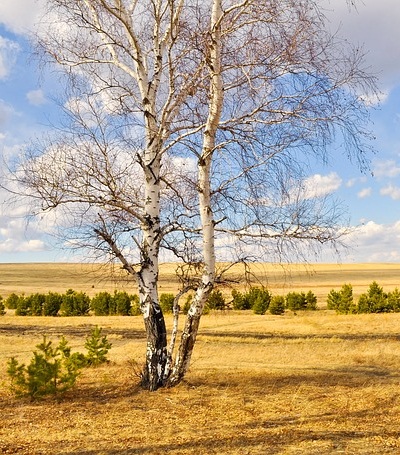Living Corals : The Need to Survive in the Face of Climate Change
Living corals face numerous threats as many reef-inhabiting fish are corallivorous, species that consume live coral tissues as food. Majority of reef-fishes prey on living corals, some preferring the soft mollusk types, while many others such as the larger fish species, feed on hard or stony corals. In the Indo-Pacific region alone (comprised by the Indian Ocean, and the Pacific Ocean), more than 600 species of hard corals provide food and habitat structure to an estimated 4000 up to 5000 species of reef fish.
However, many corallivores or coral-eating fishes tend to scrape the tissues off the coral skeleton, and in the process, cause substantial damage to the underlying skeleton. As a result , living corals take time to recover, as the process has to deal with both tissue and skeleton regeneration. Such occurrences tend to threaten the ability of hard corals to provide calcium carbonate skeletons that make up the hard substrate of coral reefs. This type of threat to the formation of coral reefs, is presumably a part of the natural check and balance in aquatic life.
Coral reefs, as we all know, is essential to marine ecology since the structure formed by the coral skeleton serves as habitat and shelter for a broad range of fish species. Coral unable to recover from diseases or harsh feeding habits of corallivores, leave behind skeletons that remain intact for long periods of time, allowing the formation of coral reefs.
Impact of Climate Change on Living Corals
Global warming has caused climate changes that bring extreme warm or cold conditions. Living corals tend to react to stressors, such as overly warm or overly cold water temperatures. When stressed, corals expel the algae covering their tissues causing them to turn white. Such occurrences are called coral bleaching.
Climate change caused increases in sea temperatures and decline in sea levels, as well as brought down rainfall with altered acidity level. Coral bleaching cause living corals to die, whilst leaving behind weak skeleton infrastructure as coral reef material. Low tides also cause damage, especially during daytime. Mainly because the part of the coral reef exposed to the sun’s ultraviolet rays are stressed and as a result turn white or bleached..
All factors affecting living corals and the structures they form, impact aquatic life, particularly the multitude of species that depend on corals for food and habitat. Corals have the ability to recover from occasional stresses caused by stressors and threats. Yet the frequency and intensity of the trauma endured as a result of climate change, will in the long run cause corals and those that greatly depend on them, to perish.
